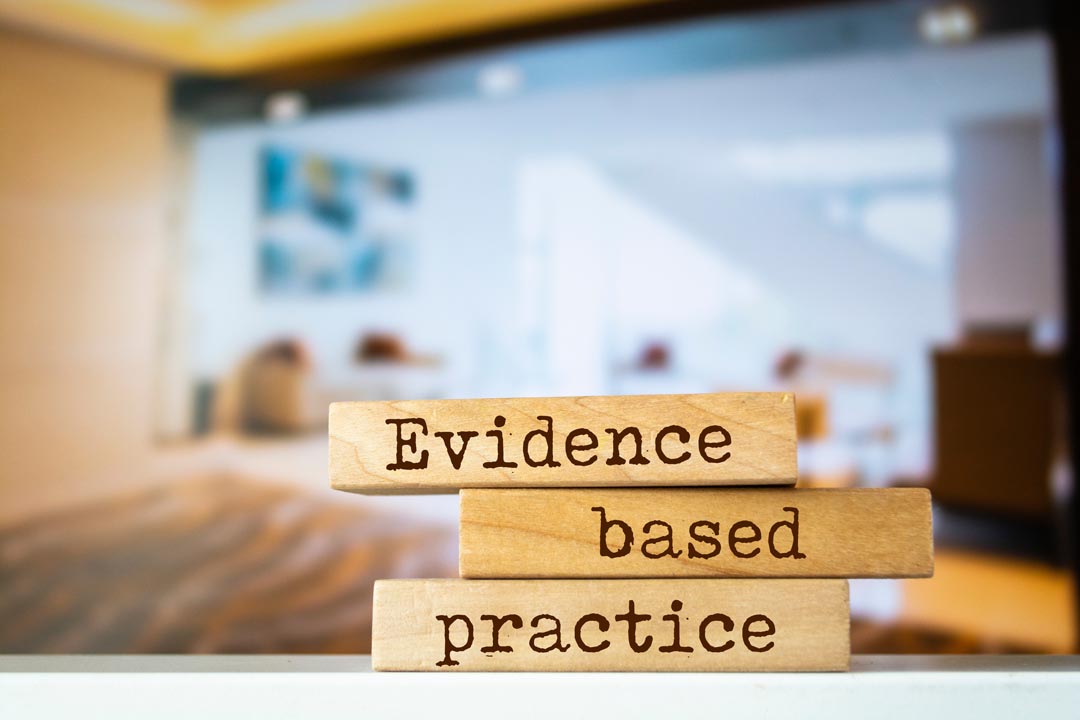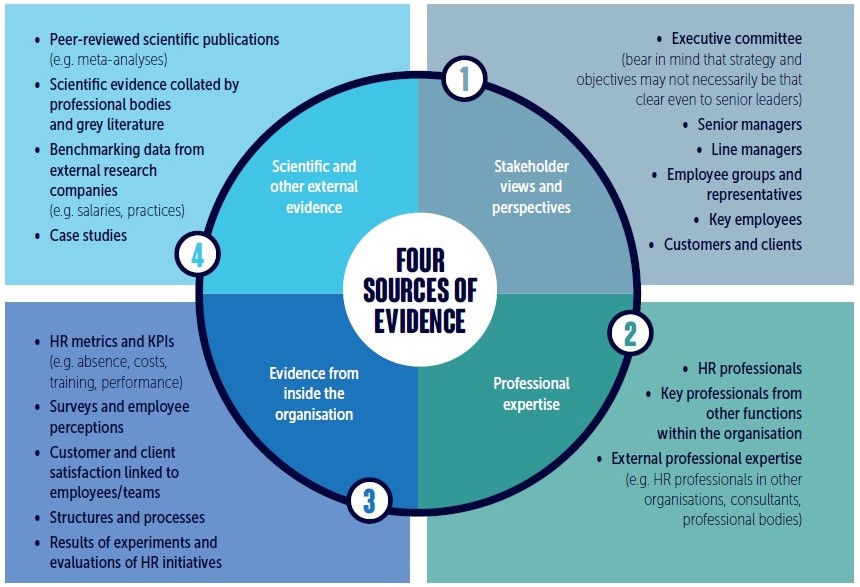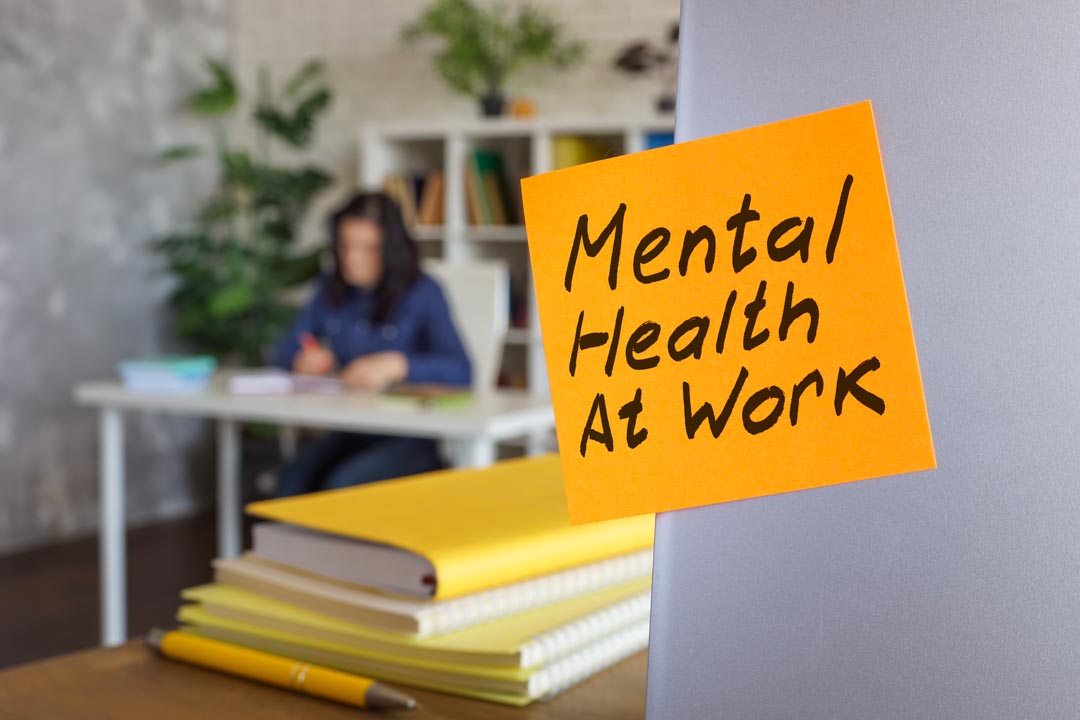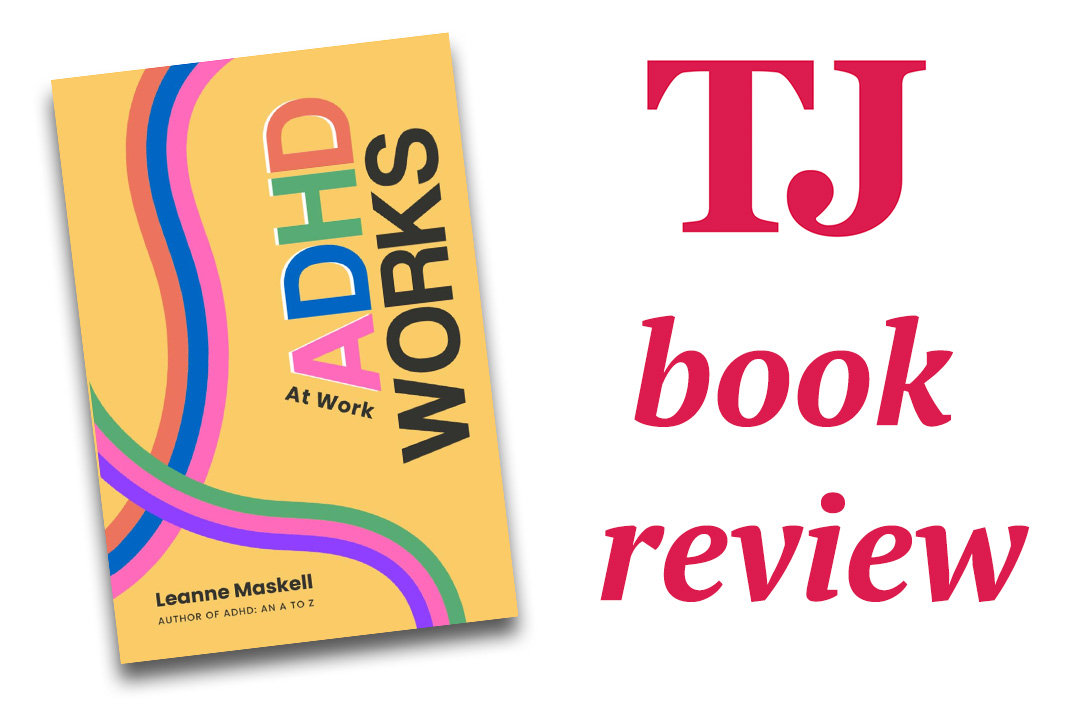Rob Briner looks at what evidence-based means for those in HR and how L&D can apply the principles to it’s scoping work
Professionals, when working with clients, form a view about what it is needed from the request and discussion and then suggest a course of action that is likely to help. This sounds straightforward but, of course, it can easily go wrong. We may fail to properly diagnose the client’s challenges. We may also recommend a course of action which is ineffective or even harmful.
Why does this happen? Usually for one reason and one reason alone: We have made poorly-informed decisions.
The idea that professionals should make better use of evidence to more accurately understand their clients’ issues and deploy effective interventions is widely-held. Fields ranging from policy-making to policing and medicine to education have reached the same conclusion: that too frequently interventions are ineffective and misplaced.
What is Evidence-Based HR?
Evidence-based practice has been around for several decades. It evolved to help practitioners make better-informed decisions and so improve their effectiveness as practitioners. It has now been applied to a wide range of professions – including the people profession.
In our recent report, Strong Foundations: Evidence-Based HR, we define evidence-based HR (EBHR) as:
“…a process which delivers better-informed and hence more accurate answers to two fundamental questions: first, which are the most important problems (or opportunities) facing the organisation which are relevant to HR activities? Second, which solutions (or interventions) are most likely to help? In other words, what’s going on and what can we do about it? These questions are answered through a combination of using the best available evidence and critical thinking.”
Of course, we always use evidence and data in our decision-making. So what’s are the differences between what we usually do and EBHR?
One way of identifying such differences is though considering the three basic principles of EBHR and the extent to which we usually follow these principles in our own decision-making.
Principle 1: Incorporate multiple sources and types of evidence and information
Using multiple sources and types of evidence helps us build up a more complete and accurate picture of what’s going on and what we can do about it. In EBHR we typically consider at four sources of evidence each of which includes data of quite different types.
By looking across all four sources to gather information to understand the issue and then doing the same to understand possible solutions we are much more likely to accurately identify the issue and an effective solution.
Do you usually gather evidence from all of these four sources in your work? Probably not. Though it’s not unusual to perhaps use two or even three of these.
Principle 2: Adopt a structured and explicit process of gathering and using evidence
This means understanding the issue before identifying a solution and also taking a structured approach to collecting the evidence we need to answer our questions.
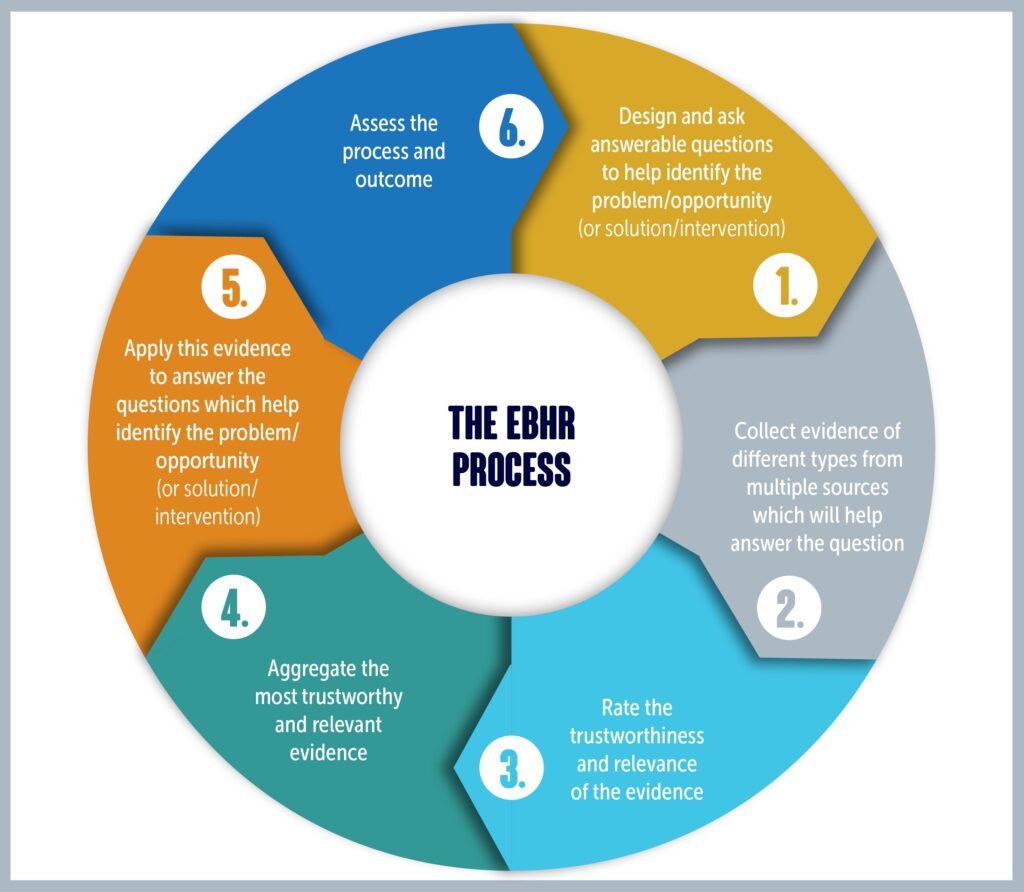
A structured and explicit process helps us to stay on track and ensure we are systematic in gathering and applying the evidence to help us make a better-informed decision.
Do you follow an explicit process when gathering and using evidence? In my experience, although people teams always collect and use evidence they very rarely follow a structured process.
Principle 3: Focus on the most trustworthy and relevant evidence
Sometimes people think that evidence-based practice is about gathering and using all the evidence we can get hold of. The problem is that much of the evidence around us is unreliable and irrelevant so we should not use it.
Although we usually have some awareness of the reliability and relevance of the evidence and data we use we probably still tend to use all of it rather than focusing most heavily on the most reliable and relevant.
How well does HR understand EBHR?
Based on my experiences of talking many HR professionals and the results of CRF’s new survey we will sharing in our next report and event, it seems that EBHR is not well-understood.
There is widespread agreement that HR needs to get better at using data and evidence but limited knowledge of what EBHR entails and how it can be used to optimise our use of evidence. Reflecting on your own experience, how often do you and your team follow the three principles described above – even a little?
How well does L&D in particular understand EBHR?
What would EBHR look like if it was being used in L&D? Let’s take a relatively simple example of how we might help employees learn new skills. What process (see Principle 2 above) would we expect to see if the L&D professionals involved were following the EBHR process?
The first stage would involve following these six steps to best understand the skill-related business issue.
1. What exactly is the business issue that can be resolved by helping employees learn new skills? Ask answerable questions to help better understand it. Questions such as:
- What exactly is the business issue? What are stakeholders telling us? Is it one issue or multiple issues? What evidence do we need to answer these questions?
- Why would, in principle, increasing employee skills resolve the issue? How precisely is it related to employee skills? How do we know these skills are currently at too low a level? What evidence do we need to answer these questions?
2. Gather evidence of different types from multiple sources to answer the questions. See Principle 1.
3. Rate the trustworthiness and relevance of the evidence gathered. See Principle 3.
4. Pull together/aggregate the most trustworthy and relevant evidence.
5. Use the evidence to answer the questions: What exactly is the business issue? Why would, in principle, increasing employee skills resolve the issue?
6. Reflect on the process and the decision outcome.
Once the skill-related business issue is identified, we would then repeat the same six-step process to identify which type of and design of L&D intervention is likely to be most effective in helping employees learn new skills and help resolve the business issue.
So, how well does L&D understand EBHR? One way of answering this question is to ask another: How often have you observed this process (or something like it) in you professional life?
On the basis of what I think is your likely answer to this question, it is fairly clear that L&D along with HR more generally do not have a strong understanding of the basics of EBHR.
Fortunately, this is easily remedied as there is plenty of guidance on the topic. Once we have a greater understanding of EBHR we can start to use it to make better-informed decisions, improve our effectiveness and do more to help the business.
Rob Briner is Associate Director of Research, Corporate Research Forum and Professor of Organizational Psychology, Queen Mary University of London

